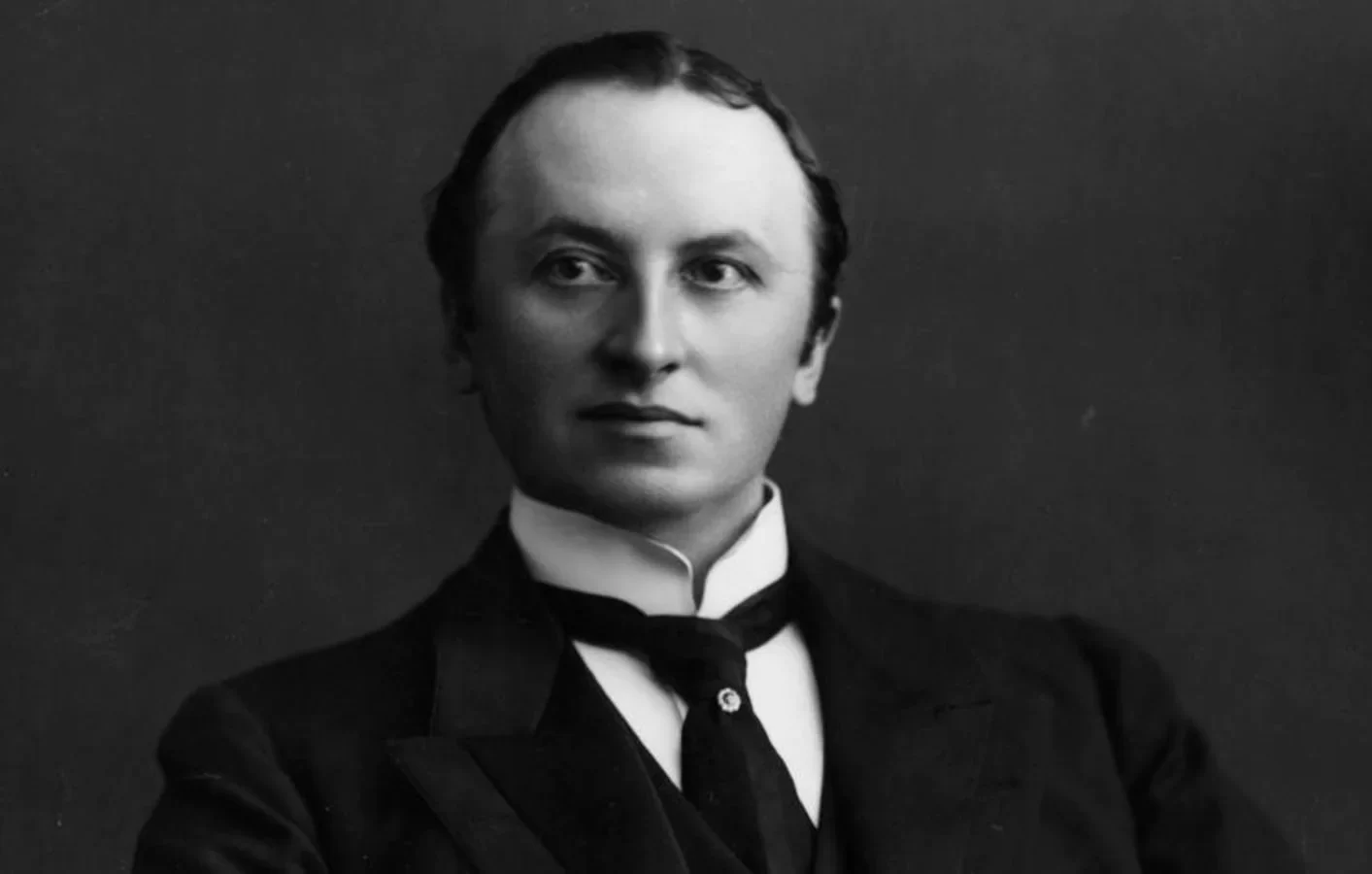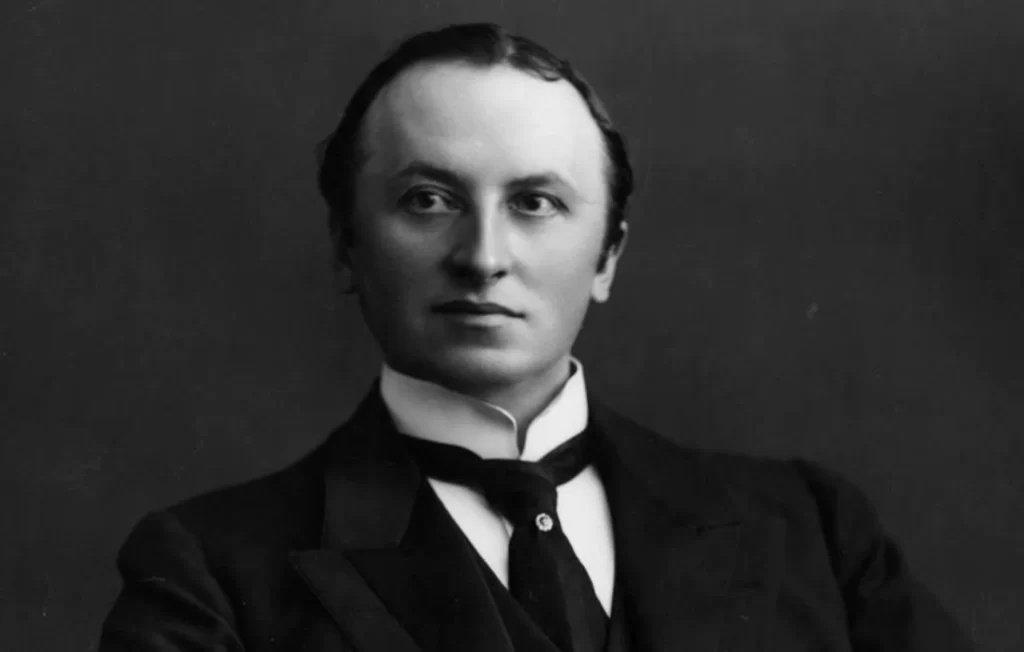Table of Contents

Introduction: Partition of Bengal
The Partition of Bengal, a significant event in the colonial history of India, occurred in 1905 under the British Viceroy Lord Curzon.
This administrative reorganization divided the large province of Bengal into two separate entities: East Bengal and Assam, with a Muslim majority, and West Bengal, with a Hindu majority.
The British rationale was to improve administrative efficiency in the vast and populous region. However, the partition sparked widespread opposition and unrest among the Indian populace, who perceived it as a strategic move to divide and weaken the growing nationalist movement.
The strong backlash led to a rise in nationalist sentiment and eventually resulted in the annulment of the partition in 1911.
Cause of Partition of Bengal
- Administrative Reorganization: Bengal, one of the largest provinces in British India, faced challenges in governance due to its vast size and diverse population.
- Efficiency and Governance: The British believed that dividing Bengal would streamline administration and make it more manageable by creating smaller, more cohesive administrative units.
- Communal Divide: Lord Curzon, the Viceroy of India, proposed the partition partly with the aim of disrupting the growing unity between Hindus and Muslims in Bengal, thereby weakening the nationalist movement.
- Economic Interests: The British also sought to protect their economic interests by curbing the growing influence of the Bengali elites and fostering dependence on British goods and industries.
- Divide and Rule Policy: The partition was in line with the British policy of ‘divide and rule’, which aimed to exploit existing divisions within Indian society to maintain colonial control.
- The decision to partition Bengal was made without consulting the local population or taking their interests into account, further fueling resentment and opposition.
Key Points: 1905 Partition of Bengal

- The declaration of partition of Bengal in 1905 paved the way for the emergence and development of extremist political movements.
- On 20th July 1905, Lord Curzon issued an order to bifurcate the Bengal province to form a separate province with East Bengal and Assam.
- The argument favoring the division of Bengal was that there were administrative difficulties in confining a large area like Bengal.
- The British Raj wanted to strike at the roots of the growing national movement in Bengal by partitioning Bengal.
- In February 1905, Curzon wrote, “From Calcutta, the Congress thought spread throughout the province of Bengal and the whole of India. The policy of breaking the unity of the Bengali people is necessary, otherwise, its influence will continue to grow.
- Risley, the Home Secretary of the Government of India, wrote in an official report in February 1905 that “United Bengal is a force to be reckoned with and will cease to exist if this province breaks up.
- Indian National Congress and Bengali nationalist leaders strongly opposed this division of Bengal.
- The Partition of Bengal came into effect on October 16, 1905.
- A new province was formed as Eastern Bengal and Assam with its headquarters in Dhaka.
- J.B. Fuller was the province’s first Lieutenant Governor.
Timeline of Events: Partition of Bengal 1905
| 1903 | Lord Curzon, proposed the idea of partitioning Bengal for administrative purposes due to its large size and population. It was proposed to separate the Chittagong Division and the districts of Dhaka and Mymensingh from Bengal and add them up with the Assam Province. |
| July 19, 1905 | The Partition of Bengal was officially announced by Lord Curzon. |
| October 16, 1905 | Partition of Bengal came into effect. Bengal was divided into two provinces: Bengal Presidency and Eastern Bengal and Assam. The partition was met with widespread protests and opposition from the Bengali intelligentsia and political leaders. National Mourning Day was observed throughout the province of Bengal on this day. |
| 1906 | The All India Muslim League, which played a significant role in advocating for the partition, held its annual session in Dhaka, in the newly created province of Eastern Bengal and Assam. |
| 1906-1911 | The Swadeshi Movement and Boycott Movement launched in protest against the partition. These movements aimed at boycotting British goods and promoting indigenous products. The partition also fueled the rise of nationalism in India. |
| 1908 | Khudiram Bose and Prafulla Chaki, two Bengali revolutionaries, attempted to assassinate Kingsford, a British judge in Muzaffarpur, Bihar, in protest against the partition. |
| 1911 | King George V and Queen Mary visited India for the Delhi Durbar. During this visit, it was announced that the partition of Bengal would be annulled. This decision was partly influenced by the growing unrest and opposition to the partition. |
| December 12, 1911 | Official announcement made to annul the partition of Bengal. Bengal Presidency was reunified, and Eastern Bengal and Assam became a part of Bengal. |
| 1912 | The capital of British India was shifted from Calcutta (Kolkata) to New Delhi. |
Anti-Partition Movement
- The anti-partition movement became very popular. Although the extremist nationalist party wanted to spread this national movement among the common people, this movement could not touch the farming society of Bengal in the expected way.
- The movement was confined to the urban elite and middle classes.
Response of Muslims
- The response of Muslims to the Partition of Bengal in 1905 was complex and varied, reflecting diverse perspectives within the Muslim community.
- Some Muslim landlords and elite figures, particularly in eastern Bengal, welcomed the partition as they saw it as an opportunity to gain greater political influence and administrative power in the new province of “Eastern Bengal and Assam“. Khwaja Salimullah (the Nawab of Dhaka) was the leader of the Muslims who were in favor of the partition of Bengal.
- Many prominent Muslims were against the partition and participated in Swadeshi movement. Among them were famous barrister Abdul Rasul, Mujibur Rahman, Liaquat Hossain, Ismail Hossain Shiraji, and famous businessman Abdul Halim Ghaznavi.
- Role of the Muslim League: The All India Muslim League, founded in 1906 in the aftermath of the partition, initially supported the creation of Eastern Bengal and Assam. It viewed the partition as a step towards safeguarding Muslim interests and promoting political representation for Muslims in British India.
The State of Eastern Bengal and Assam
- Establishment: Eastern Bengal and Assam was a province of British India established between 1905 and 1912.
- Headquarters: The province had its headquarters in the city of Dacca (now Dhaka), located in present-day Bangladesh.
- Territory: Eastern Bengal and Assam encompassed the area of modern-day Bangladesh, Northeast India and Northern part of modern-day West Bengal.
- Shillong was the summer capital of Eastern Bengal and Assam province.
